Is The Crown Accurate? The Answer Is More Complicated Than Fact-Checking the Netflix Series
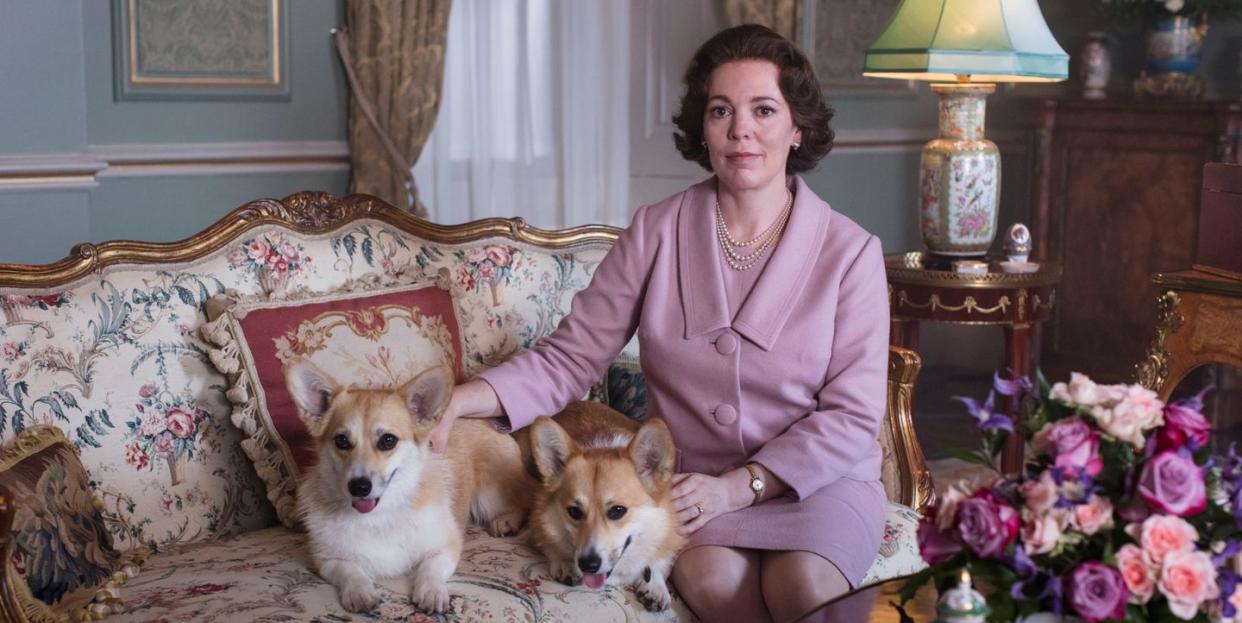
- Oops!Something went wrong.Please try again later.
- Oops!Something went wrong.Please try again later.
- Oops!Something went wrong.Please try again later.
- Oops!Something went wrong.Please try again later.
- Oops!Something went wrong.Please try again later.
"Hearst Magazines and Yahoo may earn commission or revenue on some items through the links below."
Ahead of the premiere of The Crown's fifth season, T&C is republishing this story about the show's accuracy, and how asking if it's true or not is more complicated than rigorously checking the facts. We report extensively on the TV series, often fact-checking episodes. If you're looking for details about a specific historic event or a person in a previous season, or the upcoming one, check out all our Crown coverage here.
Most Americans watching The Crown aren't familiar with Harold Wilson, the Queen's first Prime Minister from the Labour party, who is played by Jason Watkins in season three. They don't know about the Aberfan mining disaster, in which 116 children and 28 adults died, and they haven't heard of Princess Alice, Prince Philip's mother, a chain-smoking Greek nun.
So the Netflix series about Queen Elizabeth's reign becomes a history lesson of sorts, teaching its viewers about not only the royal family, but also life and politics in the U.K. during the 1960s and '70s.
But showrunner Peter Morgan isn't making a documentary. And at times, crafting a drama—even one rooted in history—stands at odds with the facts. So he plays with timelines, manufactures characters, and even invents situations that couldn't have taken place in real life.
"There are two sorts of truth. There's historical truth and then there's the larger truth about the past," Robert Lacey, the show's historical consultant, tells me over the phone, while promoting his new book, The Crown, The Official Companion, Volume 2.
Yes, there are photographs, and letters, even video footage of the royals from this time period. But the show's most iconic scenes tend to highlight the bits of history that weren't documented, "all the lives and loves and experiences and tears and smiles," as Lacey describes them. They can be decidedly inaccurate (after all, no one has access to the royals' most intimate conversations), and still representative of emotions that were real. And at the end of the day, the purpose of the show isn't to educate, but rather to entertain.
"We are creating a work of fiction, albeit based in some reality. But ultimately, there's only so much research you can do," Josh O'Connor, who plays a young Prince Charles, tells me. "After a time, you just got to crack on and create something for yourself."
Morgan, it would seem, follows the same ethos. He starts with history, and then creates something for himself.
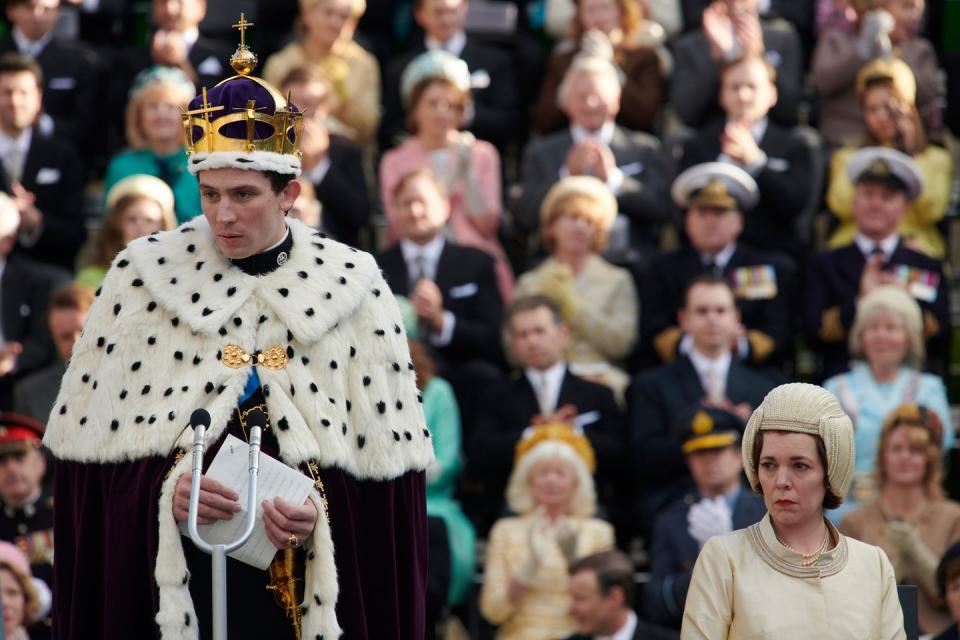
For example, Prince Philip's mother Princess Alice never gave an in-depth interview to a journalist named John Armstrong at The Guardian, but that scene allows Morgan to delve further into her fascinating story than a historically accurate chronology might have allowed.
The show also suggests that Princess Anne's fling with Andrew Parker Bowles occurred in tandem with the beginnings of Prince Charles's courtship of Camilla. In real life, Charles's biographer Sally Bedell Smith doesn't believe those two relationships overlapped. It's hard to deny that a royal quadrangle makes for good television, but it also helps to illustrates Morgan's pointed perspective on the royals.
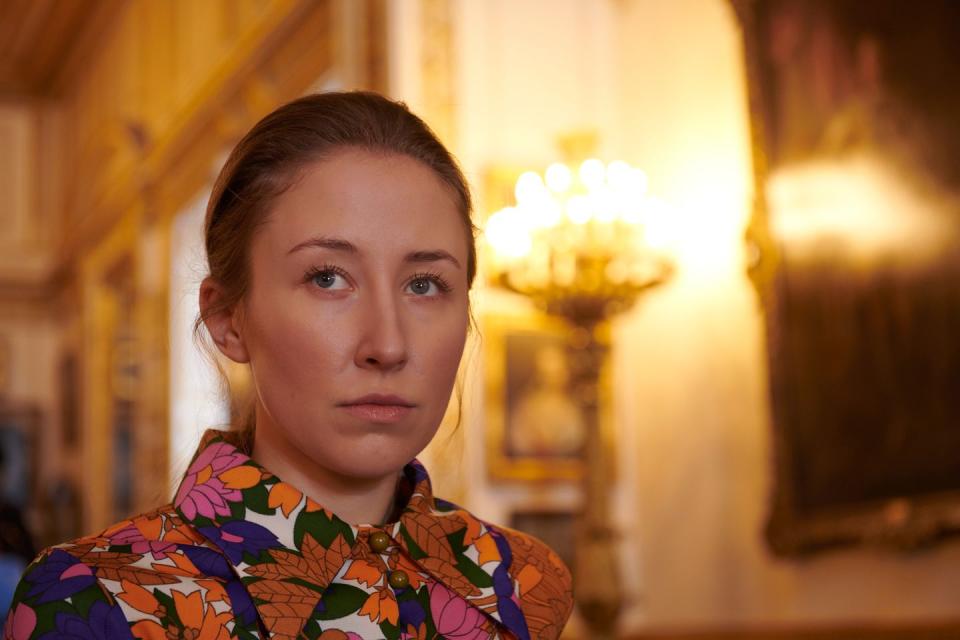
This season is undeniably sympathetic to Prince Charles and his position within the royal family, essentially waiting for his mother to die to fully realize his role. It's also fairly critical of the Queen, going so far as to suggest that she had to feign her grief when visiting the families who lost children at Aberfan. Morgan is painting a version of history, and he's picking and choosing which moments best highlight his point of view. The events he chooses to leave out of the plot are, perhaps, just as telling as what he includes.
Notably Princess Anne married her first husband, Captain Mark Phillips in 1973, squarely within the timeline of The Crown's season three. And in 1974, there was an attempted kidnapping of the Queen's only daughter, arguably the most dramatic royal event which could have been covered. Neither of those events appear on screen.
In a now-deleted Twitter thread, Heather Cocks of the Pop Culture blog Go Fug Yourself suggested that despite the show ostensibly being about the Queen, Morgan is partial to storylines that center male emotions.
"I still think it's illustrative of a very disjointed storytelling approach and one that favors Man Pain," she wrote of the exclusion of the attempted kidnapping. "Maybe Peter Morgan just needed time to figure out how he can make Anne's kidnapping all about Philip's feelings."
But according to Lacey, there simply wasn't time to include the attack on the Queen's daughter.
"You give one whole episode to the tragedy of Aberfan, and the last two episodes are allotted to Charles and Camilla. There's one episode allotted to Lord Mountbatten's coup. There's one episode allotted to Bubbikins," he says. It quickly adds up.
"It's a pity we... I know that Princess Anne's kidnapping was considered as an obvious thing to dramatize. But in reality, it just didn't fit in."
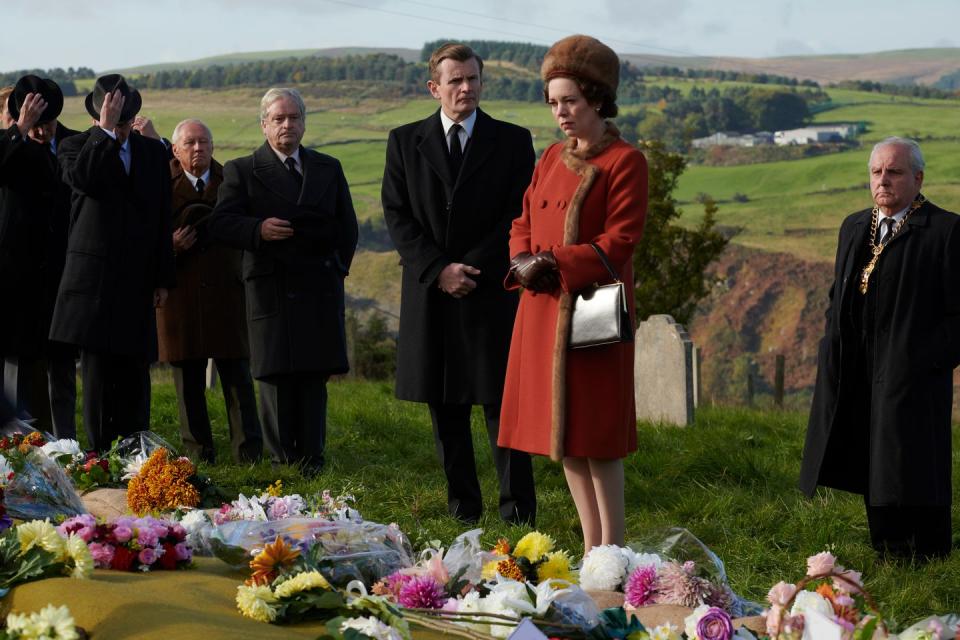
Similarly, the series wholly ignores Bloody Sunday, the 1972 incident in Derry, Northern Ireland, when British soldiers shot Catholic protestors. Fourteen people eventually died, killings which Prime Minister David Cameron would later say were "unjustified and unjustifiable."
And aside from a few key songs—Princess Anne's singing of David Bowie's "Starman" is a notable exception, as is a scene with Princess Margaret and Roddy Llewellyn set to The Who's "Squeezebox"—the series essentially skips over Britain's cultural revolution during this time period. There is no episode dedicated to Beatlemania or mention of the Rolling Stones, or the burgeoning punk rock movement, which would lead the Sex Pistols to put out "God Save the Queen" in tandem with Elizabeth II's Silver Jubilee.
These are just a few examples of notable historical moments that could have served as fodder for The Crown. But Lacey would argue that there is simply not room to include everything. The show is purposely non-exhaustive.
"Peter is very, very insistent, and so am I, that this is not a history documentary. We're not pretending this is a chronological record of those years. There are lots of documentaries that do that sort of thing. This is a drama which picks out particular objects," he tells me.
"There's nothing political about why some things are covered and some are not. You take your priorities. Obviously, Aberfan is an incredibly important one; Princess Alice is another; Wilson and the suspicion of Russian espionage is another; Camilla, and then you've filled up your ten episodes."
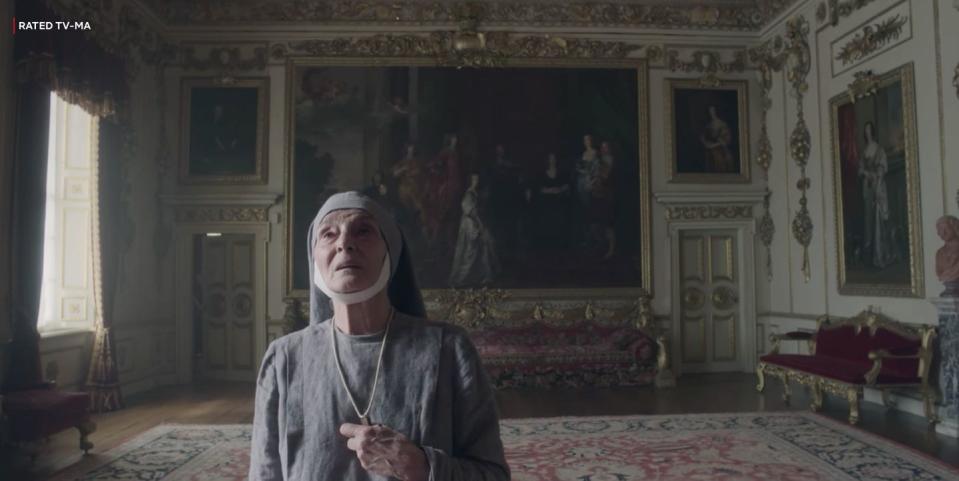
But Lacey stands by the show's historical accuracy. "I defend very strongly that this show recreates the past very plausibly," he once told me ahead of season two of the series.
It's something he still believes. "When history gets departed from, it's not done casually. It's done on the basis of wanting to convey a particular message that can only be conveyed by invention," he says. And just because a scene, or a bit of dialogue is invented, that doesn't mean it doesn't illustrate something true.
With all that said, if you're still curious to fact-check The Crown, Lacey's book, The Crown: The Official Companion, Volume 2, offers a full account of the history behind each episode. Order a copy here
You Might Also Like

